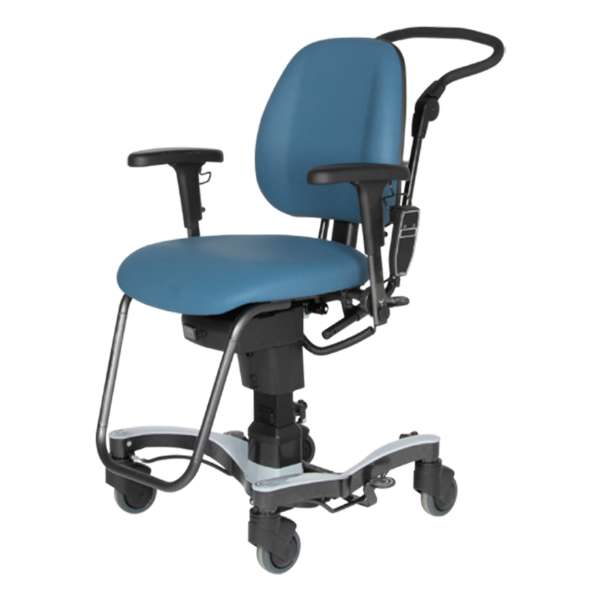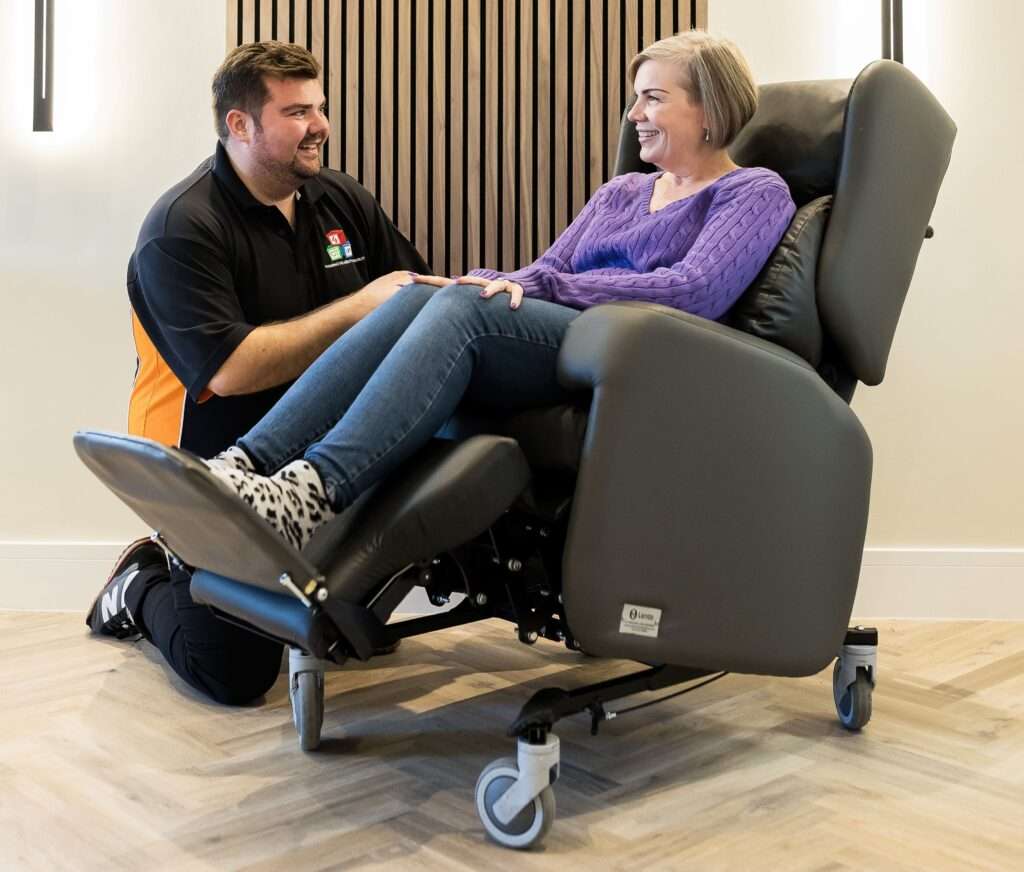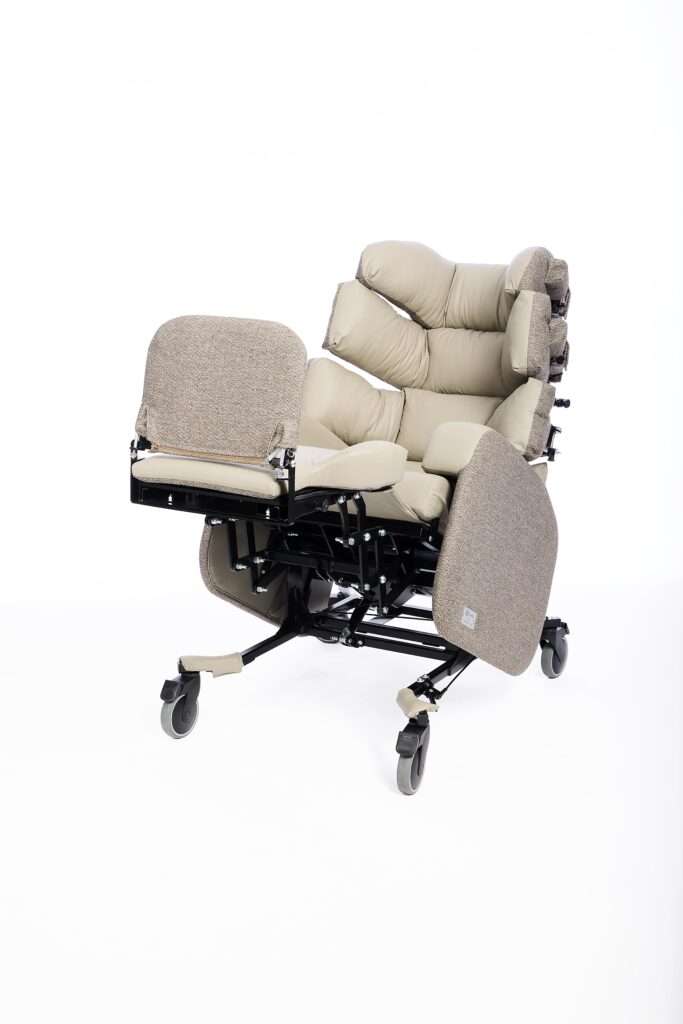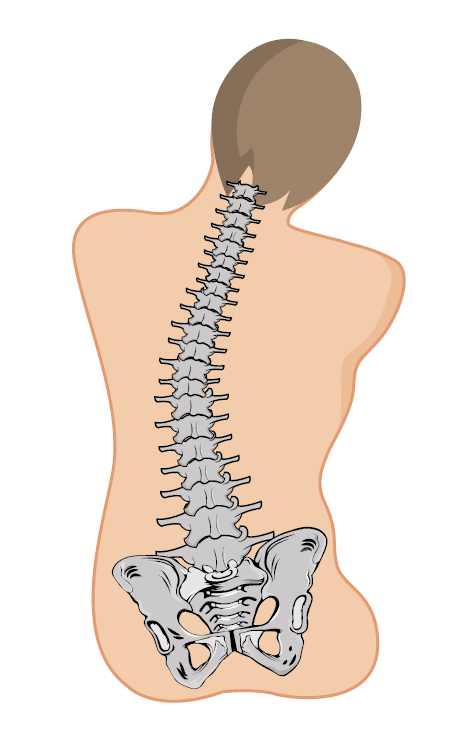When it comes to mammography screening, the choice of seating plays a crucial role in ensuring patient comfort, accurate imaging, and radiographer well-being.
In this article, we will delve into the world of ergonomic design in mammography chairs. Discover how the incorporation of ergonomic features positively impacts the patient experience, promotes musculoskeletal health for radiographers, and unveil the key features of ergonomic breast cancer screening chairs.
Key Takeaway: A mammography chair should make the screening process more comfortable patients & hospital staff and reduce the risk of developing injuries over time.
Impact of ergonomics on patient experience in breast cancer screening
Patient comfort during breast cancer screening is essential. Ergonomic seating goes beyond just physical comfort; it also helps alleviate patient anxiety and enhances the overall experience.
With proper support and positioning aids, patients can find relaxation during the procedure, while optimised alignment reduces the need for frequent repositioning, leading to more accurate imaging results.
Adjustable armrests, height-adjustable seats, padded head- and backrests for support, lumbar support, and weight capacity to fit many body types should all be included in the design. Antimicrobial properties should be included too, to stop microorganisms from breeding.
For maximum comfort, chairs need regular cleaning and maintenance. Plus, patient feedback should be taken and acted upon. Comfort during breast cancer screening is key – thank goodness for ergonomic design!
Improve Patient & Staff Comfort
II. The Role of Appropriate Patient Seating in X-ray Wards
In X-ray wards, patient seating takes on additional importance due to the specific requirements of imaging procedures. Here are some key aspects to consider:
- Stability and Immobility: Sturdy and stable seating is crucial to ensure patients remain still during X-ray imaging, minimising the likelihood of image blurring and the need for retakes.
- Proper Positioning: Adjustable seating allows patients to be positioned correctly, ensuring accurate imaging results and reducing the need for repeated scans.
- Accessibility: Wheelchair-accessible seating is essential in X-ray wards to accommodate patients with mobility limitations and ensure their safety and comfort during procedures.
- Radiation Protection: Specialised seating materials can provide radiation protection to patients during X-ray imaging, safeguarding their well-being.
Promoting musculoskeletal health with ergonomic design in breast imaging chairs
While patients’ comfort is essential, radiographers also face challenges due to prolonged static postures. The incorporation of ergonomic design principles in breast imaging chairs can address these concerns.
Breast cancer screening chairs can help radiographer musculoskeletal health. Adjustable seating options allow radiographers to find the most comfortable positions, reducing strain and supporting healthy posture. These chairs have ergonomic design elements to keep radiologists and mammographers comfortable while reducing the risk of any discomfort or strain.
By prioritising musculoskeletal health, we create a win-win situation for both patients and radiographers.
It’s important to adjust the chair correctly. Aim for an upright posture with arms resting comfortably on armrests. This helps avoid strain on neck and back muscles.
Additionally, scheduling breaks helps people get movement and concentrate without fatigue.
Key features of ergonomic breast cancer screening chairs
Ergonomic breast cancer screening chairs boast several key features that enhance patient comfort and support optimal imaging. Adjustable customisation options ensure that each patient finds their ideal position, while supportive cushioning and padding provide pressure redistribution for prolonged procedures.
Proper armrests and positioning aids offer stability, and easy accessibility accommodates patients with limited mobility. The ergonomic design of these chairs takes into account the diverse needs of patients, promoting a positive screening experience for all.
Breast cancer screenings need chairs that are ergonomic and comfortable. Here’s what to look for:
- Adjustability – to fit different body types and positions.
- Padded seat and backrest – for long sessions.
- Armrests with adjustable height – for correct positioning and no fatigue or injury.
- Breast rest platform – comfortable, supportive and adjustable.
- Durable framework – sturdy, user-friendly and easy to maintain.
- Unique details like built-in storage cabinets and extra tech like heat pads or massage options can also be found on these chairs.
Summary
Ergonomic seating in mammography screening is not only about physical comfort but also about creating an environment where patients feel at ease and radiographers can perform their tasks without strain.
By understanding the impact of ergonomics on patient experience, promoting musculoskeletal health for radiographers, and recognising the key features of ergonomic breast cancer screening chairs, we can optimise the entire screening process.
X-ray staff in hospitals should prioritise the well-being of both patients and healthcare professionals to ensure accurate results and a positive screening journey.














